Wuhan weather forecast in the past ten years
发布:素仲藏
- I、I remember when I was having lunch in 2000, I accidentally listened to the pure background music of Zhejiang Station’s noon weather forecast. At that time, there was no mobile phone or electricity.
- II、How to check the past weather
- III、How long will the plum rain season last in Wuhan? Will there be heavy rain in Wuhan tomorrow?

1. Query through weather forecast websites
There are many weather forecast websites now, such as China Weather Network, Weather Home, etc. These websites all provide query functions for past weather. We only need to open the website, find the entrance to query historical weather, enter the date and location we want to query, and then we can view the past weather conditions in the area. This method is very convenient and the query results are relatively accurate.
2. Query through mobile applications
Many mobile applications now also provide weather query functions, such as Alipay, Weather Expre ss, etc. We only need to open the app, find the entrance to historical weather query, enter the date and location we want to query, and then we can view the past weather conditions in the area. This method is also very convenient and can be queried anytime and anywhere.
3. Query through the Meteorological Bureau
If we need to query relatively long-term weather conditions, such as the weather decades ago, we can query through the Meteorological Bureau. We can check with the local weather bureau or the National Weather Service. They will provide weather records for the past few decades. This method is more troublesome and requires going to the Meteorological Bureau for inquiry, but the inquiry results are more accurate.
4. Query through historical weather data query websites
There are now some historical weather data query websites, such as the World Meteorological Organization’s historical weather data query website. These websites provide historical weather data around the world. We only You need to enter the date and location you want to query, and you can view the past weather conditions in the area. This method is more convenient and the query results are more accurate.
In short, there are many ways to check past weather, and we can choose different methods according to our needs. Whether it is through weather forecast websites, mobile applications, weather bureaus or historical weather data query websites, we can easily check past weather conditions, which is very helpful to our lives and work.
Wuhan is now entering the plum rain season, and it will rain continuously, so friends, pay more attention. The weather forecast shows that tomorrow is Friday. There happens to be a heavy rain. Remember to bring an umbrella when you go out. Go home early in the evening and be careful of heavy rain.
How long does it last?
Time of the plum rain in the middle reaches of the Yangtze River: June 8th to July 9th. This year it will last until mid-July.
Constant Meiyu
The normal Meiyu in the middle and lower reaches of the Yangtze River begins in mid-June and ends in mid-July, which means it occurs during the two solar terms of "Mang Zhong" and "Summer Solstice". The Meiyu period lasts about 20-30 days, with rainfall ranging from 200-400 mm. Starting around "Small Heat", the main rainfall belt moves northward to the Yellow River and Huaihe River Basin, and then to Shandong and North China. The Yangtze River Basin begins to change from rainy, high-temperature and humid weather to sunny and hot midsummer. According to According to statistics, this kind of normal plum rain accounts for about half of the total.
Early plum rain
In some years, the plum rain starts very early, and it will arrive suddenly at the end of May and early June. Meteorologically, it is usually called "Meiyu." The plum rains that begin before the "Ear Rain" are collectively referred to as "early plum rains". Early plum rains will bring about some abnormal phenomena. For example, during the period when the plum rains have just begun, in the atmosphere close to the ground, the cold air coming from the north to the south is still very strong. Frequent, therefore, after the rain begins, the temperature is still relatively low, and there is even a chilly feeling. This is what the farmer's proverb says: "If you eat Dragon Boat Festival brown rice, you will have to freeze for three times." At the same time, there is no obvious humidity.
Farmers in some areas of the middle and lower reaches of the Yangtze River refer to the relatively low-temperature Huangmeiyu in this section as "cold water Huangmei". From now on, as the rain lasts longer and the warm and humid air intensifies, the temperature will gradually rise and the humidity will continue to increase. The inherent characteristics are becoming more and more obvious. The occurrence of early plum rains is roughly once in ten years. One is that it starts early and ends late, or even lasts until late July. It has just ended, and the rain period lasts forty to fifty days, and in some years it lasts for two months. The other is that it starts early and ends early. By late June, the middle and lower reaches of the Yangtze River have entered midsummer. Due to the early arrival of midsummer, It often causes varying degrees of drought in the middle and lower reaches of the Yangtze River.
Late Meiyu
The opposite of early Meiyu is late Meiyu. Meteorologically, the Meiyu that starts after late June is called late Meiyu. There are more chances of plum rains than early plum rains.
Because the solar terms of late plum rains start relatively late, once the warm and humid air moves northward, it will be very powerful. At the same time, the solar radiation is also relatively strong. After the air is heated, intense convection is prone to occur. , so late plum rain often has thunderstorms and showers.
People also call this kind of yellow plum rain "shower yellow plum rain". The duration of late plum rain is generally only about half a month. The rainfall is sometimes quite concentrated.
Extremely long plum rains
In 1954, a once-in-a-century flood occurred in the Yangtze-Huaihe River Basin of China. This flood was caused by the particularly long-lasting plum rains in the Yangtze River. There was already a lot of spring rain in the second half of May before the plum rains in the middle and lower reaches began. The plum rains came very early again, starting in early June. The weather has been rainy and rainy from time to time, and it lasted for a particularly long time until early August. "Plum Blossoms". When the rain ends and the weather turns to midsummer, it is already approaching the "beginning of autumn". The entire plum rain period of this year lasts for two months, and together with the spring rain in May, it lasts for more than two and a half months. After the "Great Heat", the middle and lower reaches of the Yangtze River should have been sunny and hot "dog days", but it has always been cloudy and it is difficult to see the sun. From time to time, heavy rain pours to the ground, and many areas are flooded and "cold". .
The rainfall in the three months from May to July in the middle and lower reaches of the Yangtze River generally reaches 800-1000 mm, which is close to the annual rainfall in the region in normal years; in some areas, the rainfall is as high as 1500-2000 mm. , equivalent to a year and a half of rainfall in the same area, causing widespre ad flooding. Our country has a vast territory and local floods often occur. Some may be caused by typhoon rain, and some may be caused by several heavy rains brought by other weather systems, but they do not last long, the floods recede relatively quickly, and the scope of their impact is relatively small. It is extremely rare for rainy weather to last for more than two months like in 1954, causing floods in the entire Yangtze River Basin. This rare flood is often associated with unusual plum rains. The floods in 1998 were also caused by the particularly long rainy season.
Will there be heavy rain tomorrow
Yes, there will be heavy rain and wind this Friday! It will also rain on the weekend. The most uncomfortable thing is the week after the cloudy day on July 2nd, that is, July 3rd~July It will also rain on the 10th.
以上就是关于Wuhan weather forecast in the past ten years的全部内容,希望能够帮到您。
版权声明:本文来自用户投稿,不代表【大桂阳分类信息】立场,本平台所发表的文章、图片属于原权利人所有,因客观原因,或会存在不当使用的情况,非恶意侵犯原权利人相关权益,敬请相关权利人谅解并与我们联系,我们将及时处理,共同维护良好的网络创作环境。
大家都在看
-

晋能控股集团2024招聘结果公示
序号姓名专业毕业院校录取部门1张三采矿工程北京大学煤炭生产部2李四矿山机电清华大学设备管理部3王五
-
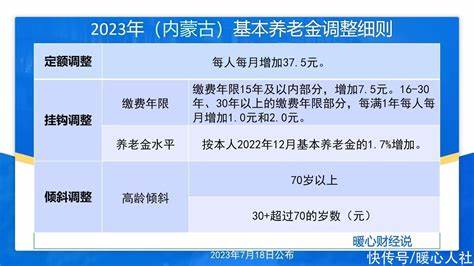
广西2023年春节天气情况
2023广西南宁春节期间冷吗南宁春节期间天气怎么样2023年春节广西南宁冷吗?对于在外工的来说,春节期间想要和家团聚,春节期间走亲访友也是不错的选择,所以大家都特别关注春
-
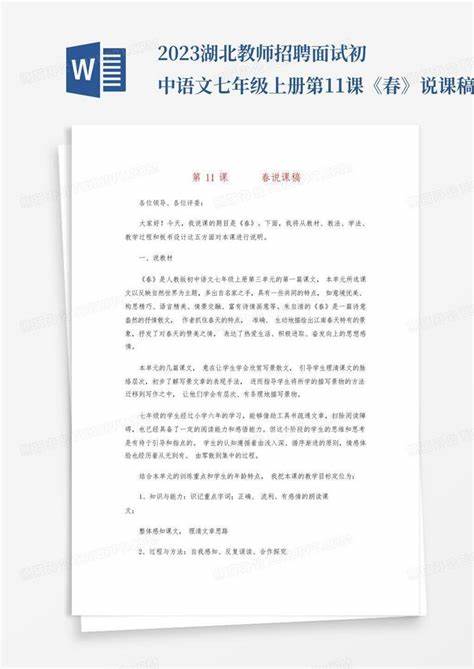
湖北教师招聘2024进面时间
湖北教师招聘2024年的面试时间通常会在笔试成绩公布后的一段时间内进行。具体时间安排会根据各地的具体情况而定。以下是一般的时间流程:1.笔试时间:通常在4月进行,具体日
-
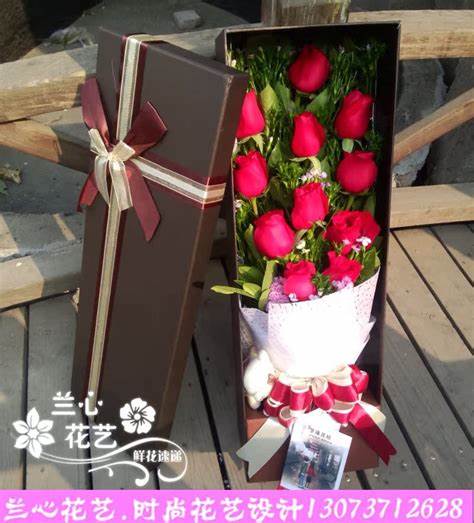
防城港未来40天天气预报情况
去防城港旅游,需要注意什么?防城港是中广西壮族自治区的一座沿海城,以其海滩和丰富的海鲜而闻名。如果您计划前往防城港,请记住以下几点了解气候:防城港属热带季风气
-

手机天气预报图标解释
天气预报中各个小图标是什么意思?每个符号代表什么:天气预报小符号代表各种天气现象、云形状、天空状况等的特殊符号。包括用于观测记录的天气现象符号和用于媒体分发的天气
-

西安未区天气预报15天
年4月9日西安天气预报:-未区:多云转晴,气温12℃至24℃,风力3-4级。-高陵区:晴间多云,气温11℃至23℃,风力2-3级。-临潼区:晴转多云,气温10℃至22℃,风力2-3级。-周至
-
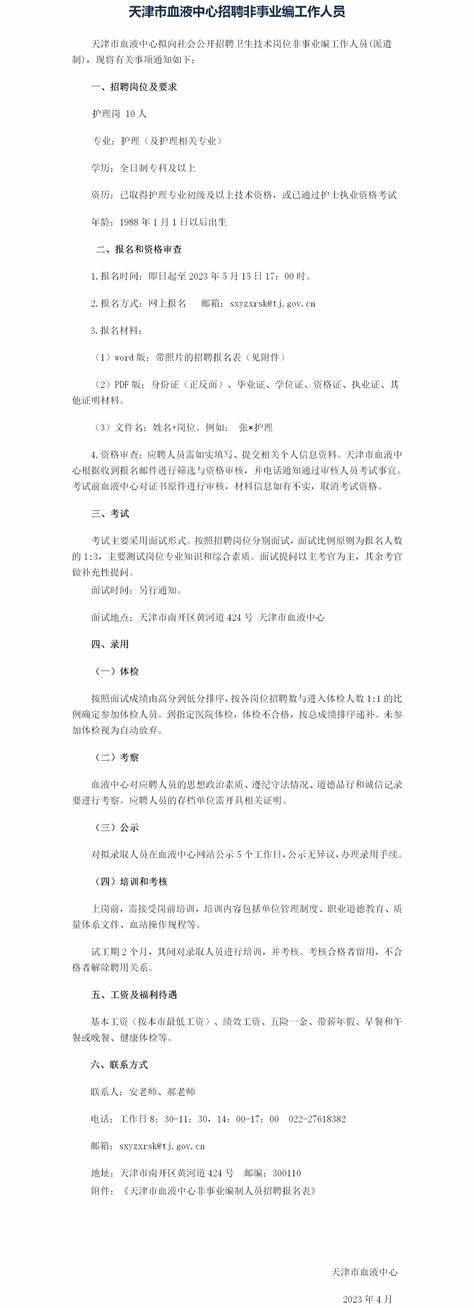
山东菏泽2023年教师招聘公告
山东2023年教师考试时间:2023年2月18日上午9:00到11:00。根据《菏泽职业学院2022年公开招聘工作员简章》等有关要求,现将2022年公历神开招聘工作员笔试考试相关事宜公告如下:1
-

最准确的天气预报软件
天气预报比较准确的有雅虎天气、中天气、黄历天气、天气之家、墨迹天气。1、雅虎天气雅虎天气是一款提供天气预报的软件,提供了未来最多十天的天气预报,以及每天的详细天气
-

2024招聘需要什么条件
2024年南阳社旗事业单位招聘工作员100名公告南阳社旗2024年公开招聘事业单位公告1.具体职位及申请要求请参见职位列表。2.2.三.4.全日技工院校毕业生,具有相应学历
-
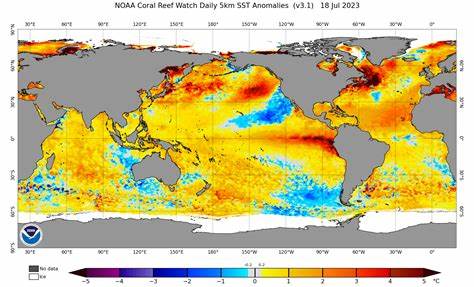
2020年7月20号许昌天气
年7月17日以来,河南普降雨、大雨,部特大雨。截至7月21日下午,河南政府新闻办召开“河南防汛应急”新闻发布会。据不完全统计,16日以来,此轮强降雨造成河南89个
